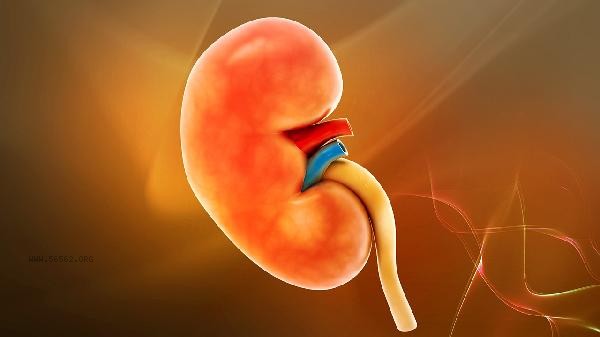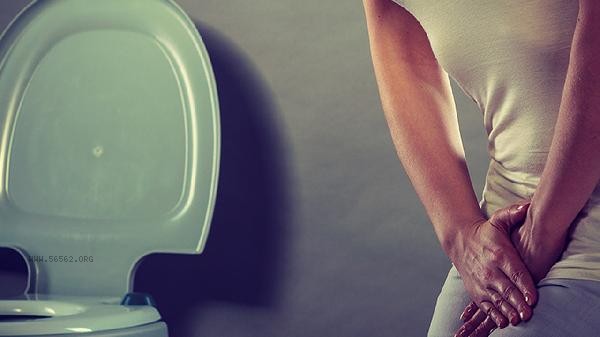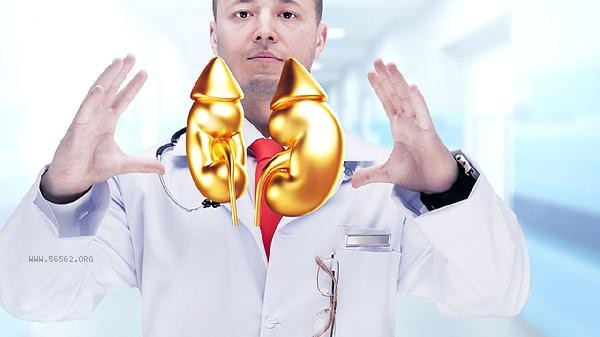Hypospadias is a common congenital urinary system anomaly, mainly divided into four types: glans type, penile type, scrotal type, and perineal type. The glans type is the lightest type, with the urethral opening located below the glans; The penile urethral opening is located below the body of the penis; The penile scrotal urethral opening is located at the junction of the penis and scrotum; The perineal type is a severe one, with the urethral opening located in the perineum. The formation of hypospadias is related to genetic, environmental factors, and abnormal embryonic development, and the specific causes are not yet fully understood.

1. Genetic factors play an important role in the pathogenesis of hypospadias, and children with a family history have a higher risk of developing the disease. Genetic mutations or chromosomal abnormalities may lead to underdeveloped urethra. Parents should pay attention to their family's genetic history and undergo genetic testing if necessary.
2. Environmental factors such as exposure to certain chemicals, drugs, radiation, etc. during pregnancy may interfere with embryonic urethral development. Pregnant women should avoid exposure to harmful substances, maintain a healthy lifestyle, and undergo regular prenatal check ups.
3. Physiological factors include abnormal hormone levels during embryonic development, especially insufficient or impaired androgen levels, which can affect urethral closure. The treatment can be improved through hormone therapy, and the specific plan needs to be formulated by the doctor according to the condition. 4. Traumatic factors are relatively rare, but severe damage to the urethral area during childbirth or infancy may lead to hypospadias. Preventive measures include ensuring safe delivery and avoiding injuries to the baby's urethral area.
5. Pathological factors such as concurrent urinary system abnormalities or syndromes may exacerbate the severity of hypospadias. A comprehensive assessment of the child's physical condition is required during diagnosis to rule out other potential diseases.

The treatment methods mainly include surgical repair, and the specific surgical procedure is selected according to the type and degree of hypospadias:
1. Urethroplasty: Reconstructing the urethra to restore normal urination function.
2. Penile correction surgery: corrects penile curvature, improves appearance and function.
3. Perineal reconstruction surgery: suitable for severe cases of perineal type, to reconstruct the perineal structure. During the rehabilitation period, attention should be paid to postoperative care, regular check ups, and prevention of infection and complications. Parents should cooperate with doctors' guidance, help children adapt to postoperative life, pay attention to their psychological state, and seek psychological counseling if necessary. Although hypospadias is a congenital disease, through timely diagnosis and standardized treatment, most children can restore normal urination function and achieve a good quality of life.









Comments (0)
Leave a Comment
No comments yet
Be the first to share your thoughts!